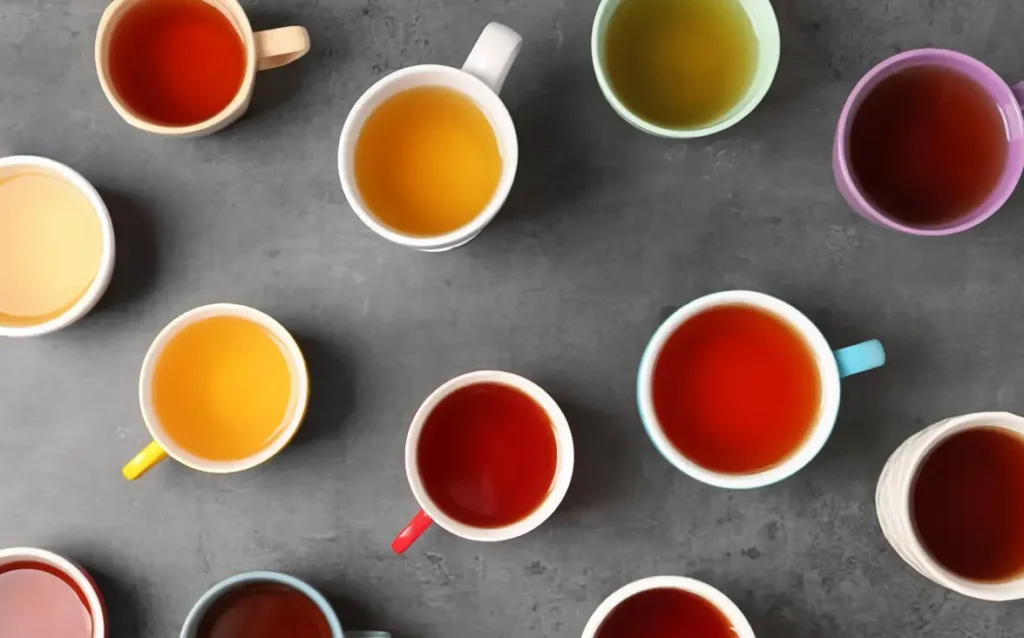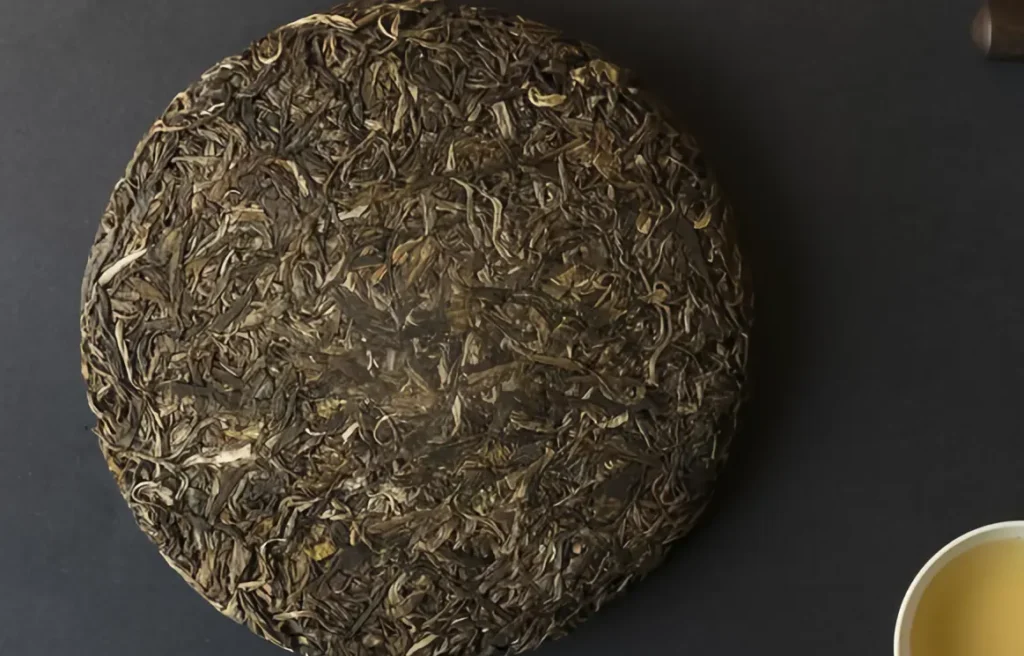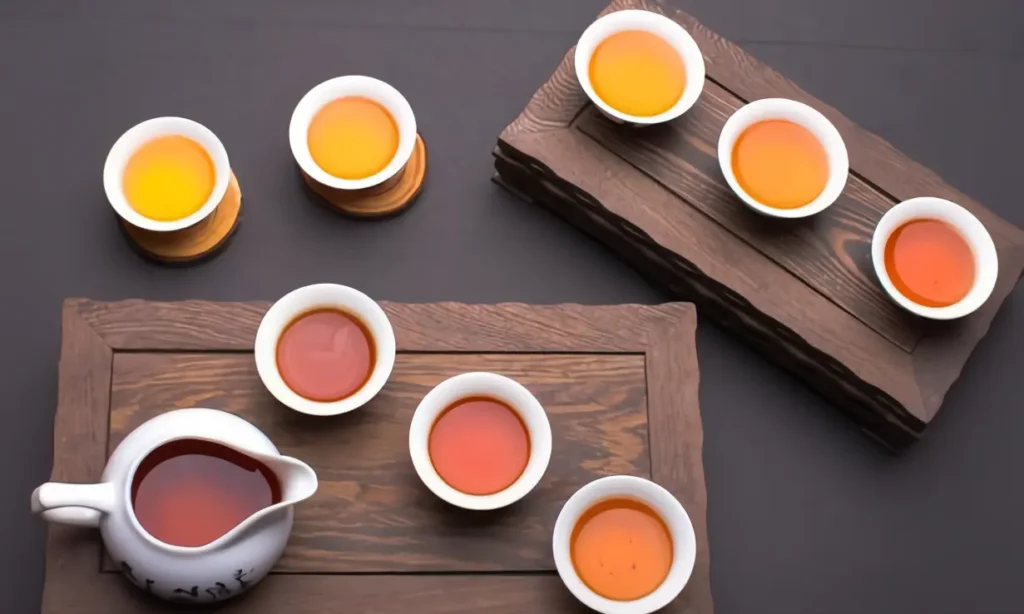orders over $149 Free Shipping
Do you know How to distinguish between raw tea and ripe tea? What are the advantages and disadvantages of each?
Pu Erh tea is a loose tea and a pressed tea, which is made from sundried green tea of Yunnan large leaf species in a certain area of Yunnan province and processed by post-fermentation.
Is a very characteristic tea in China tea, in the current market of Pu Erh tea commodity classification, according to the characteristics of the product, there are natural classification and subject classification. Therefore, Pu Erh tea distinguishes between raw tea and cooked tea. How do you distinguish Pu Erh tea and cooked tea? How can we distinguish the tea we want when buying?

To distinguish raw tea from cooked tea, we look at the following aspects:
First, distinguish by “production process”
The production process of cooked tea is to carry out artificial watering pile fermentation of dried green tea to mature loose tea, and other processes are the same as that of raw tea.
The biggest difference between raw tea and cooked tea is whether it has been “piled and fermented”.
Pile is a unique process in the production of cooked tea, it is the key point to determine the quality of cooked tea; it refers to the sun green tea stacked at a certain height (usually about 70 cm) after spraying water, covered with linen, under the action of hot and humid fermentation for about 24 hours. Pu Erh tea is divided into raw tea and cooked tea; raw tea is not piled, fermented, or irritating. The cooked tea is fermented by pile fermentation and is not cold or hot.
Third, distinguish by “appearance”
The tea leaves of raw tea are mainly green and dark green, and some turn to yellow and red, usually the taste of new tea cake is not obvious, and if it is heated, it has a sweet and dried taste. The color of the cooked tea leaves is black or reddish-brown, and some bud tea is dark gold yellow, with a thick pile taste, similar to musty taste, light fermentation has a similar taste to longan, heavy fermentation has a stuffy wet grass mat taste.

Fourth, through the “soup color” distinction
The tea soup of raw tea is mainly yellow-green, green, yellow and golden yellow, and the colour of well-aged raw tea is generally orange and bright. The fermented tea with a light degree is mostly chestnut red, and the fermented tea with a heavy degree is mainly dark red

Fifth, distinguish by “taste”
The taste of raw tea is strong, the tea is full of gas, and the irritation is high. If the tea is brewed at a high temperature, the tea soup is fragrant, the water is sweet and thin, and the taste is slightly bitter (good raw tea can return to Gan, and astringent can produce fluid). Cooked tea thick water sweet, mellow, soft, back sweet, natural, almost no bitter taste, the new cooked tea has a pile of taste or slightly watery taste.
Six, by the “leaf base” distinction
The leaf base of the new raw tea is mainly green, yellow-green and dark green, with high activity, more flexible and elastic. The leaf strip is twisted like a rubber band, and generally, it will come back to be a good tea. The leaf base of the light fermentation degree is reddish-brown but not flexible, and the leaf base of the heavy fermentation is mostly dark brown or black, and the leaves are hard and fragile.
